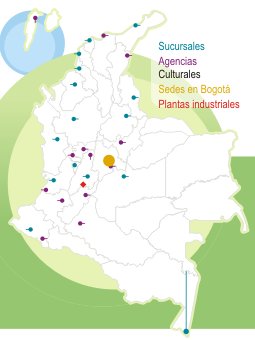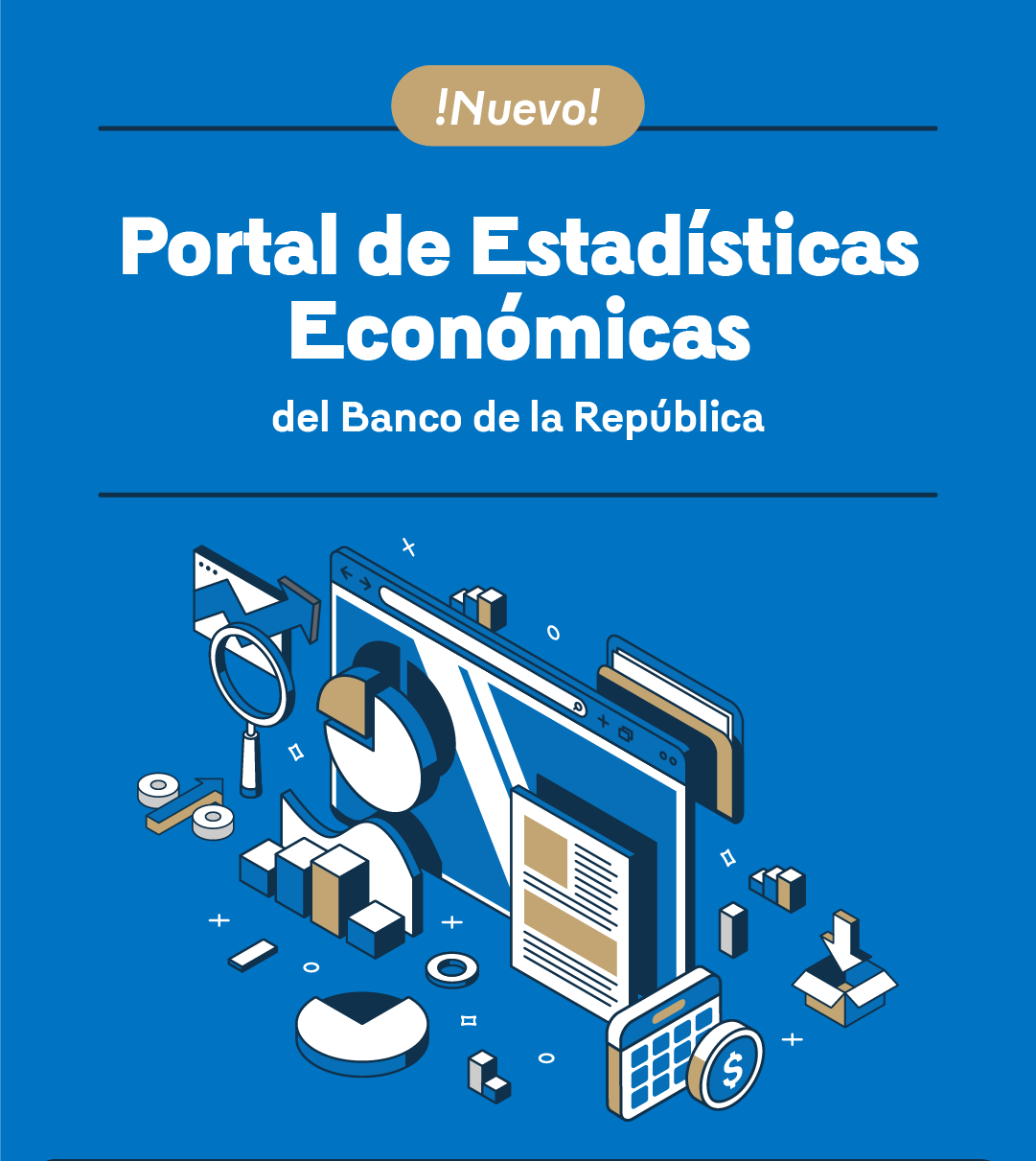BER: Performance of Key Economic Variables in the Country's Regions
This quarterly publication analyzes the evolution of the key economic variables and indicators in seven regions of the country:

Bogotá (only in Spanish)
In the first quarter of 2025, the main economic activities in Bogotá and Cundinamarca showed positive performance. Domestic demand continued to recover, driven by growth in retail sales and increased imports of consumer goods. Flower exports experienced strong growth, boosted by Valentine's Day demand. Industry reported a slight increase, and in the construction sector, civil works in the city advanced, although residential buildings showed a reduction in the built areas. Both unemployment and inflation continued to decline.

Central Coffee (only in Spanish)
The economy of the central coffee region grew year-over-year during the first quarter of 2025, in line with strong domestic and external demand. Private consumption was the main driver, given the greater availability of labor and non-labor household income, lower financing costs, and reduced inflationary pressures. Investment also improved, which was reflected in the increase in new home purchases, particularly Non-Low-Income Housing (Non-LIH), and in higher imports of intermediate goods by firms in the industrial and agricultural sectors.

Caribbean Coast (only in Spanish)
During the first quarter of 2025, the economy of Colombia’s Caribbean region grew. Stronger domestic and external demand, gradually declining interest rates, easing inflation, and the hosting of large-scale entertainment events stimulated commerce, tourism, air transport, financial services, and formal employment. In contrast, coal mining and construction activity continued to decline, the former in a context of falling international prices and the latter due to reduced project execution.

Northwest (only in Spanish)
In the first quarter of 2025, the northwest region’s economy grew year-over-year, driven by stronger domestic demand, lower interest rates and inflation, and improved consumer confidence, which resulted in lower unemployment. On the one hand, industry and commerce surged, reflecting higher imports of intermediate and consumer goods. Likewise, agricultural production grew, with coffee exports standing out. On the other hand, the total area under construction declined, although new home sales increased.

Northeast (only in Spanish)
The northeast region’s economy grew year-over-year during the first quarter of 2025, driven by strong domestic demand and robust agricultural supply. Household consumption benefited from improved financial conditions and lower unemployment. Agricultural production was led by strong performance in palm oil, coffee, and cattle. These, together with cocoa and Tahiti lime, boosted non-oil exports. In contrast, construction activity declined, and the industry remained weak due to lower fuel production. Inflation fell in Tunja and Cúcuta, while Bucaramanga registered the highest CPI variation in the country.

Southwest (only in Spanish)
In the first quarter of 2025, the southwest region’s economy grew year-over-year, although with reduced momentum. Industrial growth slowed, and retail activity slowed due to more moderate sales of new vehicles. This slower pace was accompanied by a decline in both commercial and consumer loans. Agricultural activity also slowed down due to heavy rainfall, while beef consumption boosted livestock production. Finally, the unemployment rate decreased due to higher informal employment, and inflation continued to fall compared to the previous year, despite upward pressures from food and services.

Southeast (only in Spanish)
The southeast region’s economy experienced growth in the agricultural sector, while oil production and construction activity declined. Agricultural activity was driven by rainfall patterns that benefited oil palm crops. At the same time, increased consumption of beef and pork boosted livestock production. Oil production declined due to lower international prices and blockades that hindered normal operations in some fields. In construction, cement shipments decreased, and the effectively built area declined in the residential segments, while home sales grew due to greater supply and the allocation of departmental subsidies.

































































